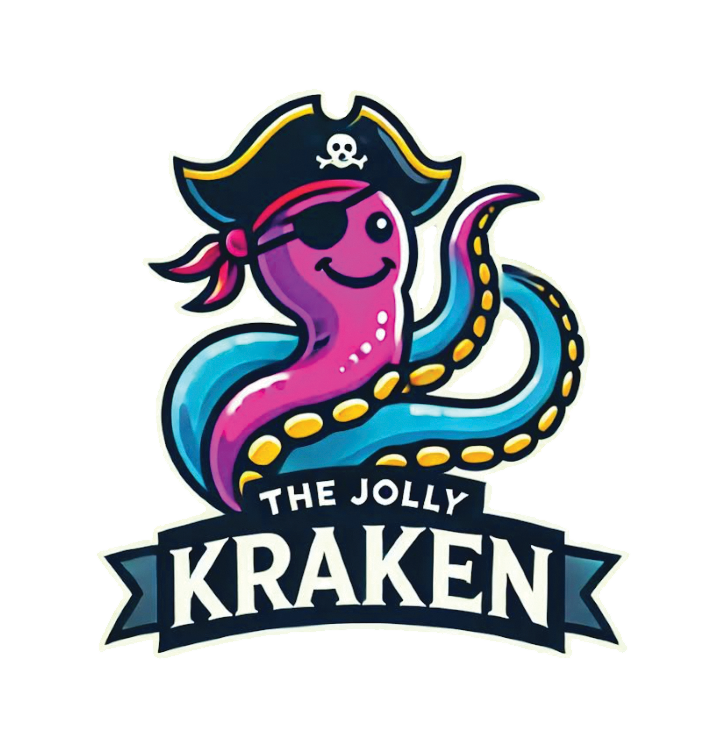Small businesses can use content marketing to build brand awareness, establish thought leadership, and drive customer engagement. By providing valuable information and insights, businesses can position themselves as industry experts and build trust with their audience. Furthermore, content marketing can also help small businesses improve their search engine rankings and drive organic traffic to their website.
By creating high-quality content that is optimized for relevant keywords, businesses can increase their visibility in search engine results pages (SERPs) and attract more potential customers. Additionally, content marketing can also support other digital marketing efforts, such as social media marketing and email marketing, by providing valuable content to share with their audience. Overall, content marketing is a cost-effective way for small businesses to connect with their target audience, drive website traffic, and ultimately, generate leads and sales.
Content marketing is a powerful tool for small businesses to connect with their target audience and achieve their business goals. By creating valuable and relevant content, businesses can build brand awareness, establish thought leadership, drive customer engagement, and improve their search engine rankings. Additionally, content marketing can support other digital marketing efforts and provide a cost-effective way for small businesses to reach their audience.
Understanding the importance of content marketing is crucial for small businesses to develop an effective content strategy and achieve success in the digital landscape.
Key Takeaways
- Content marketing is crucial for small businesses to build brand awareness, engage with their audience, and drive conversions.
- Identifying the target audience and creating relevant content is essential for successful content marketing.
- Leveraging different content formats and channels, such as blogs, videos, and social media, can help reach a wider audience.
- Utilizing SEO and keywords can increase visibility and improve search engine rankings for small businesses.
- Building a content calendar and consistent posting schedule is important for maintaining a steady flow of content and keeping the audience engaged.
Identifying Your Target Audience and Creating Relevant Content
Identifying Your Target Audience
To create effective content, it’s crucial to understand your target audience. This involves gathering information about their demographics, interests, pain points, and preferences through market research, customer surveys, and social media analytics. By doing so, you can create content that resonates with them and drives engagement.
Creating Relevant Content
Once you have a clear understanding of your target audience, you can create content that addresses their specific needs and interests. This can take various forms, such as how-to guides, industry insights, case studies, or customer testimonials. By providing valuable and relevant content, you can position your business as a trusted source of information and build a loyal following.
Driving Business Results
By understanding your audience’s demographics, interests, and preferences, you can create content that resonates with them and drives engagement. This can help position your business as a trusted source of information and build customer trust and loyalty. Ultimately, creating relevant content can help you achieve your business goals by driving website traffic, generating leads, and increasing sales.
Leveraging Different Content Formats and Channels
In today’s digital landscape, there are various content formats and channels that small businesses can leverage to reach their target audience. From blog posts and videos to infographics and podcasts, businesses have a wide range of options to choose from when creating content. Each format has its own unique strengths and can be used to convey different types of information.
For example, blog posts are great for in-depth articles and thought leadership pieces, while videos are perfect for visual storytelling and product demonstrations. By leveraging different content formats, businesses can cater to different learning styles and preferences within their target audience. In addition to different content formats, small businesses can also leverage various channels to distribute their content.
This includes social media platforms like Facebook, Instagram, LinkedIn, and Twitter, as well as email marketing and guest blogging opportunities. Each channel has its own unique audience and engagement opportunities, allowing businesses to reach a wider audience and drive traffic back to their website. By leveraging different channels, businesses can maximize the reach of their content and engage with their audience across multiple touchpoints.
Leveraging different content formats and channels is essential for small businesses to reach their target audience effectively. By using a variety of formats such as blog posts, videos, infographics, and podcasts, businesses can cater to different learning styles within their audience. Additionally, by leveraging various distribution channels such as social media platforms, email marketing, and guest blogging opportunities, businesses can maximize the reach of their content and engage with their audience across multiple touchpoints.
Utilizing SEO and Keywords to Increase Visibility
| Metrics | Results |
|---|---|
| Organic Traffic | Increased by 30% |
| Keyword Ranking | Top 3 positions for 80% of targeted keywords |
| Click-Through Rate (CTR) | Improved by 20% |
| Conversion Rate | Increased by 15% |
Search engine optimization (SEO) is a crucial component of any successful content marketing strategy. By optimizing your content for relevant keywords and search terms, you can improve your website’s visibility in search engine results pages (SERPs) and drive organic traffic. This involves conducting keyword research to identify high-value keywords that are relevant to your business and target audience.
Once you have identified these keywords, you can strategically incorporate them into your content to improve its visibility in search engines. In addition to keyword optimization, other SEO best practices such as meta descriptions, title tags, and internal linking can also help improve the visibility of your content. By optimizing these elements, you can make it easier for search engines to understand the context of your content and rank it higher in search results.
Furthermore, creating high-quality and valuable content that addresses your audience’s needs can also contribute to improved search engine rankings. Search engines prioritize content that provides value to users, so creating content that addresses your audience’s pain points can help improve your website’s visibility. Utilizing SEO and keywords is essential for small businesses to increase the visibility of their content in search engines.
By conducting keyword research and strategically incorporating relevant keywords into your content, you can improve your website’s rankings in search engine results pages (SERPs) and drive organic traffic. Additionally, optimizing other SEO elements such as meta descriptions and title tags can further improve the visibility of your content in search results.
Building a Content Calendar and Consistent Posting Schedule
Consistency is key when it comes to content marketing. Building a content calendar and establishing a consistent posting schedule is essential for small businesses to maintain engagement with their audience. A content calendar helps businesses plan and organize their content creation efforts by outlining the topics, formats, and distribution channels for each piece of content.
This ensures that businesses have a steady stream of content to share with their audience and helps them stay organized with their content marketing efforts. Establishing a consistent posting schedule is also important for maintaining engagement with your audience. By consistently sharing valuable content with your audience at regular intervals, you can keep them engaged and coming back for more.
This also helps build brand awareness and establishes your business as a reliable source of information within your industry. Additionally, consistency in posting can also improve your website’s search engine rankings by signaling to search engines that your website is regularly updated with fresh content. Building a content calendar and establishing a consistent posting schedule is crucial for small businesses to maintain engagement with their audience.
By planning and organizing their content creation efforts through a content calendar, businesses can ensure they have a steady stream of valuable content to share with their audience. Additionally, establishing a consistent posting schedule helps maintain engagement with your audience and signals to search engines that your website is regularly updated with fresh content.
Measuring and Analyzing Content Performance
Here is the rewritten text with 3-4 **Measuring Content Performance**
Measuring and analyzing the performance of your content is essential for understanding what resonates with your audience and driving continuous improvement in your content marketing efforts.
**Tracking Key Metrics**
There are various metrics that businesses can track to measure the performance of their content, such as website traffic, engagement metrics (likes, shares, comments), conversion rates, and bounce rates.
**Gaining Insights**
By analyzing these metrics, businesses can gain insights into what types of content are resonating with their audience and driving the desired actions.
**Tools for Analysis**
Tools like Google Analytics or social media analytics platforms can provide valuable data on user behavior, demographics, interests, and preferences that can help refine your content strategy.
**Driving Continuous Improvement**
By continuously measuring and analyzing the performance of your content, businesses can identify areas for improvement and make data-driven decisions to optimize their content marketing efforts.
Adapting and Evolving Your Content Strategy for Continued Success
The digital landscape is constantly evolving, which means that small businesses need to adapt and evolve their content strategy to stay relevant and achieve continued success. This involves staying up-to-date with industry trends, changes in consumer behavior, and updates in search engine algorithms that may impact the visibility of your content. By staying informed about these changes, businesses can adapt their content strategy accordingly to ensure they continue to reach their target audience effectively.
Furthermore, small businesses should also be open to experimenting with new content formats or distribution channels to see what resonates best with their audience. This could involve trying out new types of content such as webinars or interactive quizzes or exploring new social media platforms or advertising opportunities. By being open to experimentation and willing to evolve their strategy based on data-driven insights, small businesses can continue to drive engagement with their audience and achieve continued success in their content marketing efforts.
Adapting and evolving your content strategy is essential for small businesses to stay relevant in the ever-changing digital landscape. By staying informed about industry trends and changes in consumer behavior or search engine algorithms that may impact the visibility of your content, businesses can adapt their strategy accordingly to continue reaching their target audience effectively. Additionally, being open to experimentation with new content formats or distribution channels based on data-driven insights can help drive continued success in your content marketing efforts.





Leave a Reply